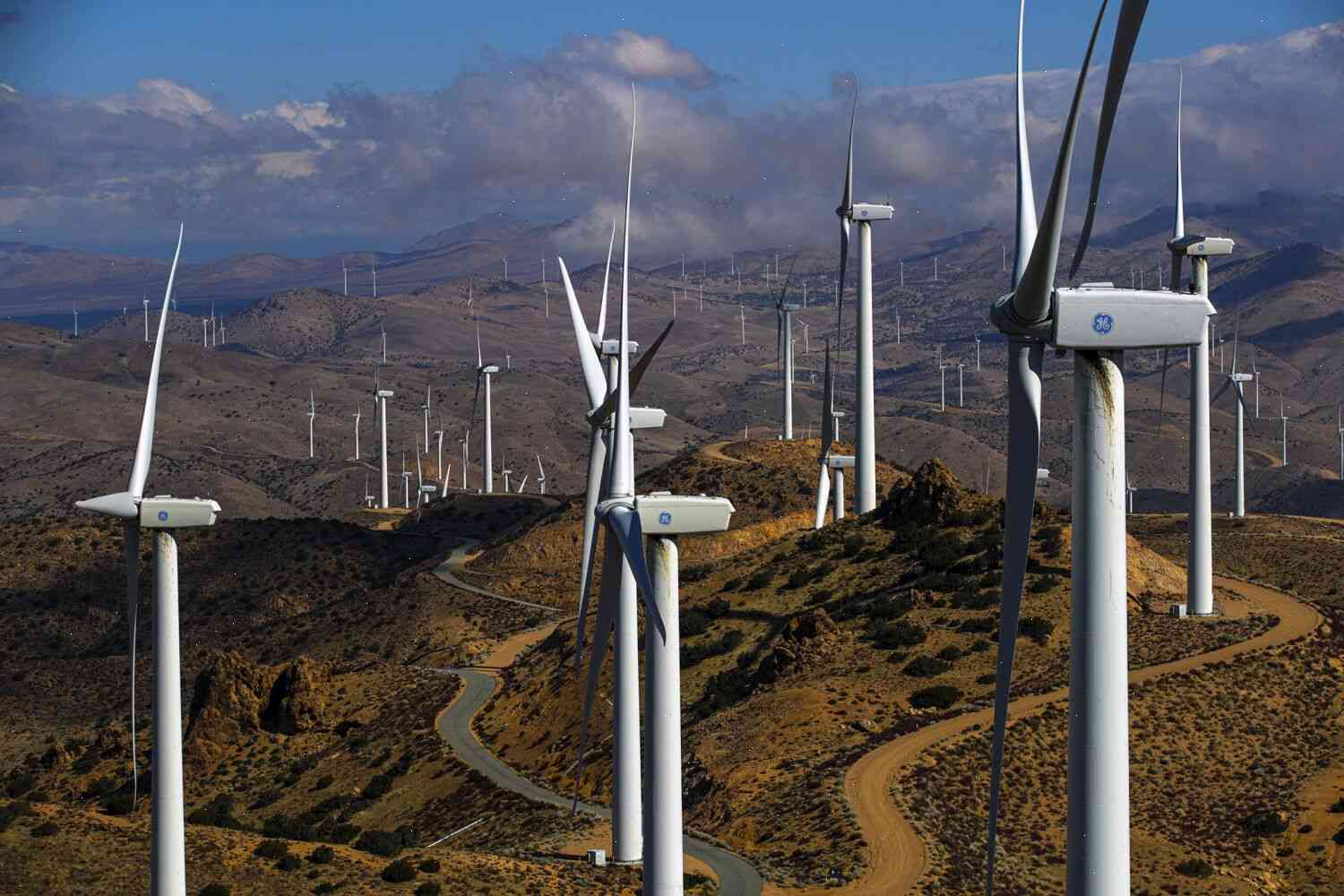California unveils plan to reach carbon neutrality by 2045
The Obama administration’s latest climate plan is going to try to take the pressure off the U.S. Supreme Court, and California is the first state that could be forced to cut its greenhouse gas emissions.
“The state of California has a responsibility to lead the nation and bring our national climate policy into alignment with our state’s leadership,” Gov. Jerry Brown said in a statement announcing the plans. The California climate proposal has its roots in the 2009 global climate summit in Copenhagen.
“California and the entire world will be affected by the climate crisis if we fail to take action,” California’s Air Resources Board Chair Mary Nichols said in a statement. “We cannot wait for global leaders to do so.”
In the last five months, the state has reached an agreement with state agencies to reduce greenhouse gas emissions with the goal of reaching net zero emissions by 2045, according to Nichols’ office.
The agreement sets a target of cutting California’s greenhouse gas emissions by 26 percent below 2005 levels by 2030 and 45 percent below 2005 levels by 2050. California wants to reach the 2050 goal with renewable energy.
“This state is setting a high bar for the nation and the world,” Brown said at a news conference.
“We cannot have more delays, and more uncertainty,” Brown told reporters during the news conference. “We cannot have more chaos.”
The plan is part of the Obama administration’s Climate Action Plan, which will be released after the Paris climate summit to be held later this year. That summit is meant to help countries with greenhouse gas limits.
‘Our numbers have been so dramatically underestimated in the past,’ Brown said at the news conference. “We cannot fail again.”
The climate plan has two parts. One would be to reduce carbon emissions from power plants, buildings and transportation by 32 percent below 2005 levels by 2030. Another, separate agreement is for energy efficiency and renewable energy.
As part of the agreement, the state’s major utilities would

